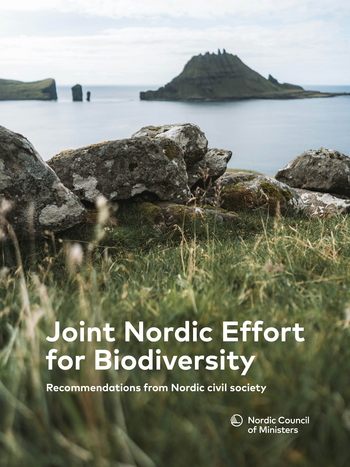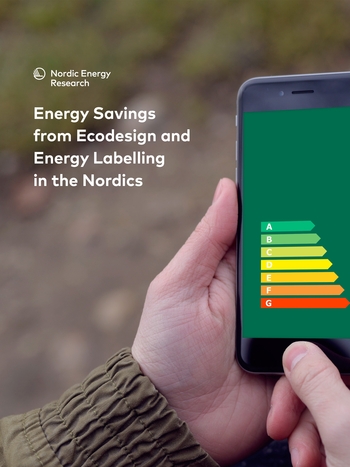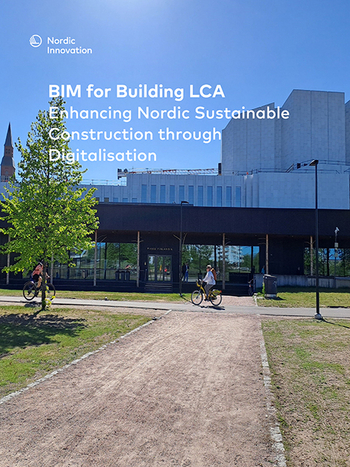Conservation of Nordic Nature in a Changing Climate

Information
Publish date
Abstract
Seeing that e.g. - plants bloom at an earlier time, the growing season is extended, butterfly species from more southern parts of Europe show up in the Nordic nature, the fishermen more frequent get tropical fishes in their nets, and cold-water species like cod and plaice are reduced in numbers in the North Sea - we observe signs of the impact on nature that the changing climate has. If this climate change - as is the common opinion - is partly anthropogenic then this development in climate will continue towards higher temperatures, change in precipitation pattern and more extreme weather. Thus, this report suggests that nature managers and policy makers adapt the administration and management of nature and its resources to this climate development. E.g. by securing the possibilities of adaptation through migration for flora and fauna, by keeping the coastal zones as buffer zones against the rising water level, by planting trees from a milder climate, but without introducing foreign species from other continents and so on. This report points out some more or less tangible tools for adaptation, but first and foremost it addresses the advantage of, at this early point, to take the climate change and its effects on nature into account in the management and administration of natures goods and services.
Publication number
2005:572




